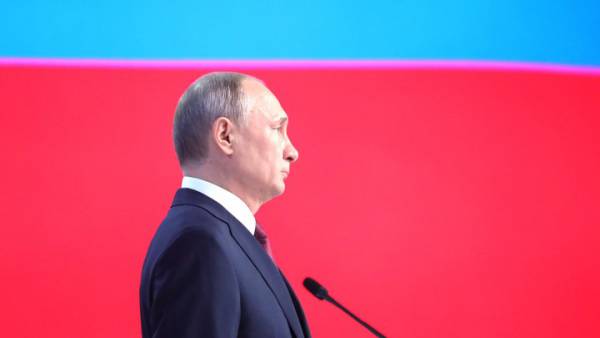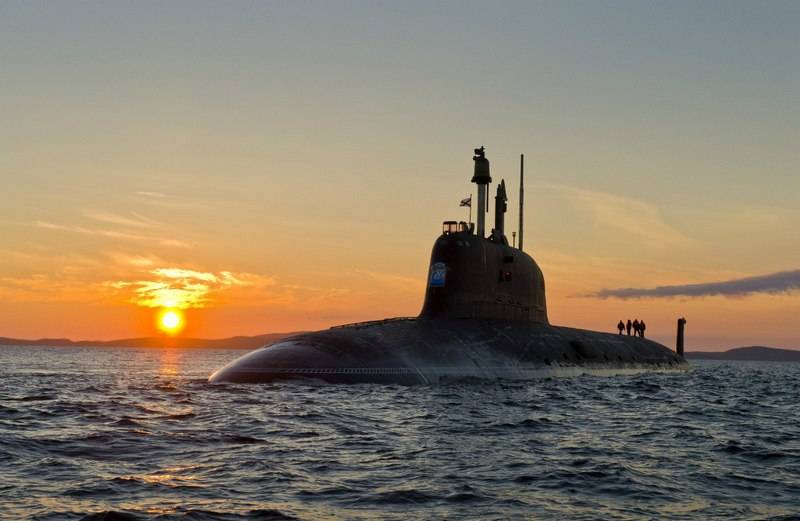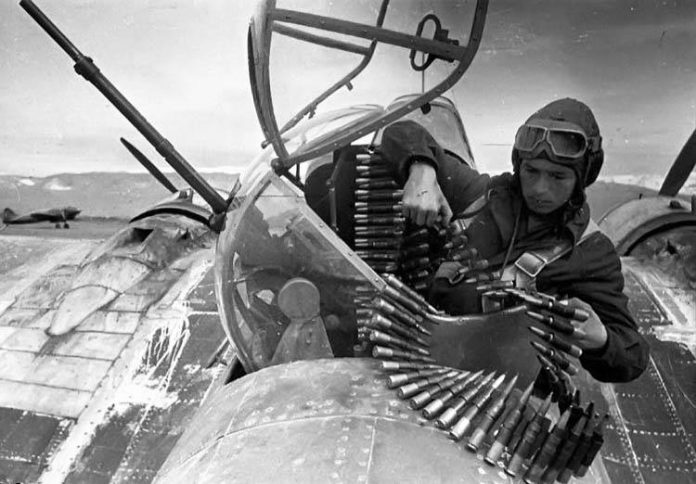
To begin, let's say that, that the best machine gun caliber rifle for readers opinion became shkas machine gun. It's expected decision and understandable. Although, of course, gun was quite average in fact, and not very reliable. but, what is, i.e: it was quite progressive weapon.
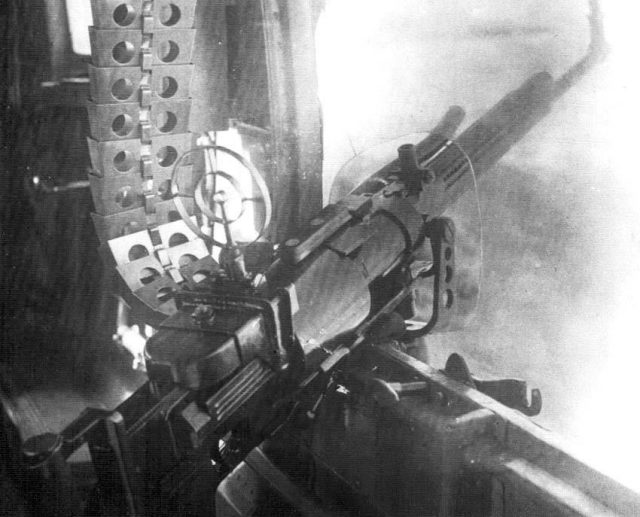 turret ShKAS
turret ShKAS
But today we begin to talk about a serious weapon. About machine guns large-caliber. About those, who was too tough to chew, even an armored car.
At all, difficult to draw a clear line in terms of caliber. Okay, 12,7-mm - a machine gun. 20-mm - a gun. A 15-mm? Where to put the creation of the German MG.151?
The gun can fire projectiles, ie carrying the fuse and explosive charge. but forgive, Breda-Safat 12.7 mm is normal shot just 12.7-mm shells, each of which contained almost explosive grams!
Complicated.
But nonetheless, let's go to the table, which is a huge pile of these daunting structures. There is already more participants, but also have to tell what.
Heavy machine gun first collected and applied Germans. And even in the First World. This was antitank gun MG 18 TuF - tank and machine gun flyer. If translated thoughtfully: gun for (Well, okay, that against) tanks and aircraft, i.e, antitank and antiaircraft machine gun.
It was a normal MG 08, but beefy chambered 13,25 × 92 mm. 50-gram cucumber confidently break through at a distance 800 m 22 then-millimeter armor.
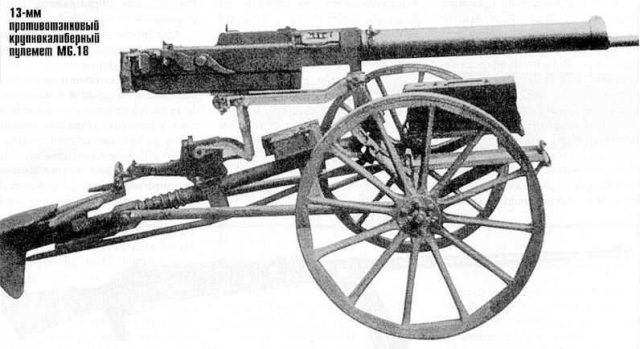
But released them all 50 pcs, Germany lost the war, and a machine gun forgotten. Up to a certain time.
But then came the moment, when rifle bullets fun banging armored carcasses planes 40s, causing laughter on one side and the righteous anger of the other. In Pokryshkina well painted, ShKAS he tried to "S-88" pick open ...
designers have realized, that something needs to change. And so it began ...
1. Breda-SAFAT, Italy
In the last article we talked briefly about 7.7-mm machine gun that bikalibernogo family. criticizing. so here, the gun was a good! His large-caliber fellow man we did not say.

If the 7.7-mm rifle cartridge on the muzzle energy is not much different from any other classmates, the choice of the Italians ammunition puzzle anyone, not something that experts do not.
British cartridge 0.50 of «Vikkersa». Very weak cartridge. I can even say, the weakest in the world. why Mussolini, who was in charge of arms, dismissed the heavier French patron Gochkissa, We can only guess. But the French patron was one and a half times heavier, and had more than acceptable performance. maybe, here it is in the eternal confrontation between the Franco-Italian.
The only advantage to the machine gun Breda was the presence of an international agreement banned explosive bullets, 37-gram shells which contained 0,8 grams pentrita.
by the way, some sources guns «Breda-SAFAT» 12,7-mm almost presented as a copy of the "Browning". Hard to tell, Why so do people, but the fact, and that at least in the form of machine guns have some common features, but the machine gun Breda before the creation Browning was very, very far away.
«Breda-SAFAT» inferior "Browning" on all the characteristics. Italian patron 12,7h81SR expected less powerful, than American 12,7h99. This entailed a reduction in muzzle energy, sighting range, and even Italian gun was not very rapid-. A synchronous execution rate of the machine gun fell to 700 to 450-550 rounds per minute, that nowhere at all suited.
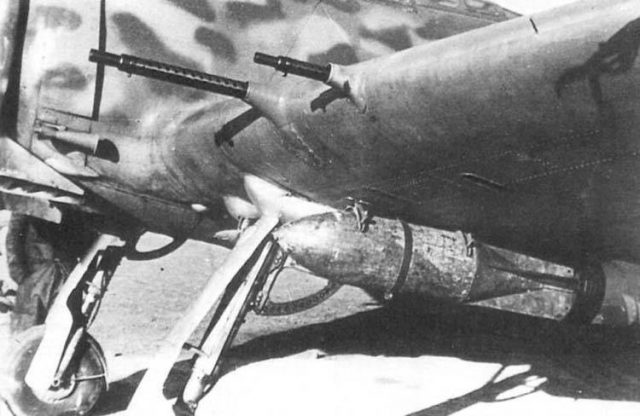
But since there was no other machine guns (product Scotty does not count), the «Breda-SAFAT» put on all, what goes under the guise of the Italian. With the expected outcome of the obscure.
dignity: reliable.
disadvantages: rate, was a weak cartridge low ballistics.
2. Ho-103 (101,102,104). Japan
With the heavy machine guns for the Japanese aircraft generally occurred historical anecdote. Japanese Air Force, entered the war in China, immediately pondered the, that the weapons need to strengthen. And since everything was very bad in terms of their own development in Japan in those years, the imperial military went to pay homage to the Allies.

The Japanese would like to purchase a license for the new German gun MG.131, but we received a total failure. The Germans did not dare to take such a step, staying somewhat confusing situation. At first, in Germany 1939-40 years was full of love and understanding with the USSR. From the Soviet Union, the river flowed necessary strategic materials.
At the same time, the Soviet Union gave Japan a cold shower on Hassan and Khalkhin-. And Japan was not as classy supplier. Because ultimately pragmatic Germans decided not to quarrel with Stalin ahead of time, selling some Japanese machine gun.
As a result of the Japanese Air Force remained without any heavy machine gun, and the problem could be solved only by 1941 year. But as it ... In China, it was a pretty decent amount of zatrofeeno American guns "Browning M1921".
The Japanese in the best traditions simply copied gun (not the worst, Yes), I never bothered with a license. But in order not to quarrel with the United States once and for all, imprisoned under the gun ... Italian patron 12,7h81SR!
that very, with explosive cartridge.
As a result, 1941 , the armament of the Japanese army (underscore) aviation beautiful heavy machine gun was adopted by the No-103, fully satisfy the needs of the Air Force, in offensive, and in defensive armament.
The machine gun has turned out light, compact, reliable and rapid-firing (in the wing or turret embodiment). There were also shortcomings. As with all guns Browning, it be difficult to sync, Salt and pepper in the rate of. Plus a weaker Italian chuck.
But the main drawback was, that synchronized with the motor of the machine gun at the individual engine operating modes with the claimed reduced rate 900 rds / min to 400! But with time, pobuntovav, fighter pilots Nakajima Ki-43 (which first went on the No-103) They adapted themselves to use in battle those motor mode, which did not reduce the rate of.
Almost all Japanese fighters land a military issue were armed several of these guns in either synchronous, and the performance of the wing. But to win the fall rate of the Japanese gunsmiths and could not.
dignity: reliability.
disadvantages: low rate synchronous embodiment.
3. Type 3 naval. Japan
Probably, surprising to see another Japanese gun, but alas!, Now such were their fun. Army - itself, naval aviation - the Queen herself.
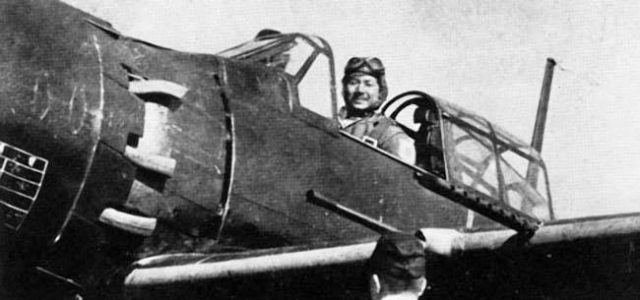
Again we return to China, Where, povoevav in 1939 year, that pryzadumalys, who fought, i.e, naval aviation. At all, in naval pilots were drew earlier problems, than anyone else. A6M, the main fighter, It was seemingly good, but two machine guns "type 92", the former is essentially recycling a very ancient "Lewis", outright dejected.
And on deck dive bombers and torpedo bombers, the only Type 92 on the turret could be considered a purely psychological weapon..
And there were complaints about the gun too, but this is not about them. Here about, what in 1940 , Japanese naval commanders reflected on a heavy machine gun to its pilots as the embodiment of the intermediate arms.
Then again, the Japanese turned to allies, i.e, to Germany. And here begins the continuation of jokes with MG.131. Yes. Land Force were refused. A sea - no!!!
Representatives of the naval aviation turned to the Germans with a request for a machine gun at the very beginning 1941 of the year, when in Germany everything was already in place, and the war with the USSR was a done deal. And there were no formal reasons for refusal..
And towards the end 1941 years, not only documentation was delivered to Japan, but also the necessary equipment for the production of machine guns.
The Japanese military was, one side, in complete ecstasy, on the other - it would be worth thinking. THREE large-caliber machine guns of different systems with THREE types of cartridges are, do you know…
But nonetheless, gun "Type 2" played a role in increasing the defense capability of the Japanese naval aviation, and significant role. But this was a prelude to the main theme, machine gun "type 3". However, I have already written.
Nevertheless, the japanese invented the FOURTH machine gun!
It was "Type 3". This time the already mentioned "Browning AN / M2" was copied, but under the French cartridge of Hotchkiss 13.2x99 mm!
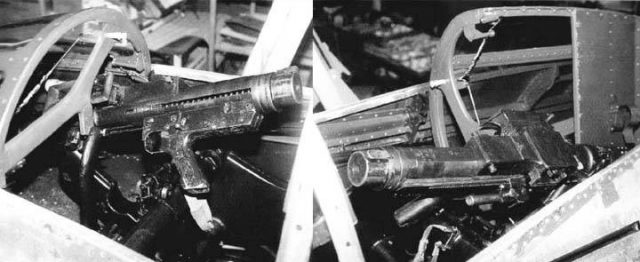
The only more or less clear explanation is that the Japanese wanted to have more powerful weapons.. The bullet of the 13.2x99 mm cartridge was considerably heavier than the German 13-mm bullet.
The machine gun impromptu turned out to be great, planes of the Japanese air force ground forces were armed with "Browning" with an Italian cartridge, and the Marine Air Force - "Browning" with the French.
dignity: reliability, powerful cartridge.
disadvantages: the weight, low rate of fire.
4. MG-131. Germany
AT 1938 g. "Rheinmetall" presented a large-caliber aircraft machine gun MG.131. Caliber 13 mm, model 1, so in accordance with the designation system.
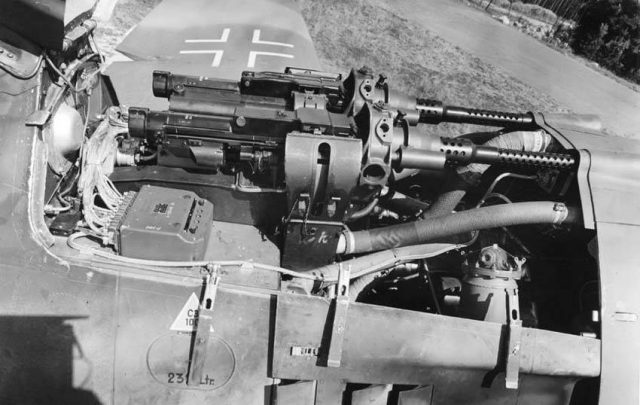
The machine gun was replaced MG.15 and MG.17, and, in every way, in the turret, the wing and synchronous embodiments. But developing a little podzatyanul, and armed with machine guns, it was adopted only in 1941 year.
Machine gun just interested in Germany's allies, as had many positive features in the design. MG.131 was very compact and light weapons, in fact it can be compared by weight with machine guns caliber rifle. Small size again, it can be installed without any problems anywhere. Machine gun had electropneumatic overcharging and electric descent.
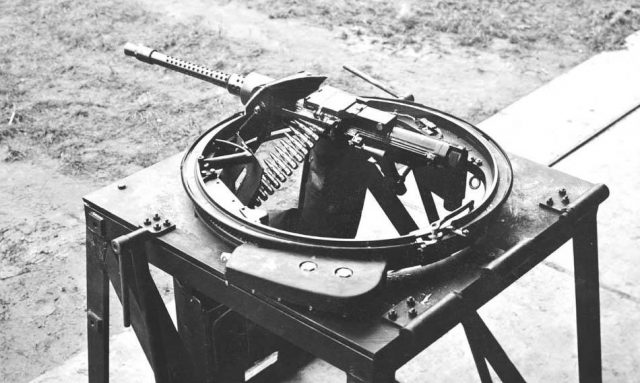
clear, I had to pay for these things. The weakest point of the machine gun was ... the cartridge! 13x64B was frankly weak. A light bullet to be honest, not the best shape, couldn't provide decent ballistics. Not very impressive, and the initial velocity of the bullet.
All this has made the machine gun is not a very dangerous weapon. If we compare with our "Berezin" or US "Browning", they worked quite well at distances of up to 600 m, while the Germans after 300 meters was practically useless because, that the bullet lost energy over 7 time and the shooting was simply meaningless.
However, the reliability and the rate for the shortcomings, how could, and until the end of the war MG.131 had served as the main aircraft weapons fire, installing to all German airplanes 1942 of the year.
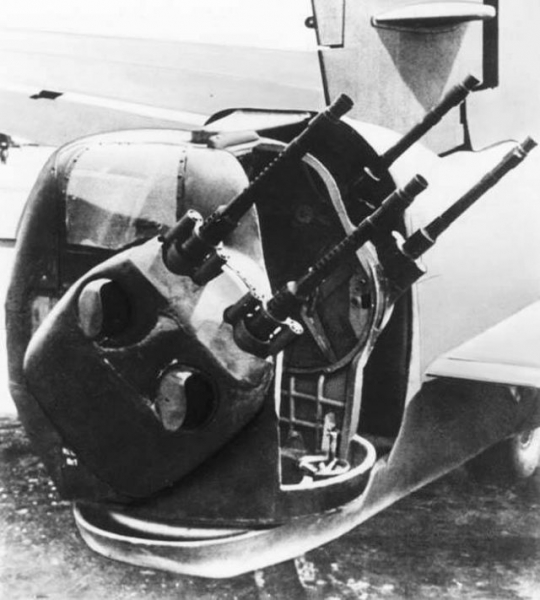
Despite the shortcomings voiced, MG.131 proved to be a fairly effective weapon and was popular. And, in the ground troops they used this machine gun with pleasure, replacing a conventional electric trigger trigger mechanism.
dignity: the weight, reliability, rate.
disadvantages: disgusting ballistics weak cartridge.
5. Hotchkiss Mle.1930. France
Not to mention the French. Finally, it was the "Hotchkiss" machine gun that first rose into the sky as an aircraft stationary mounted machine gun firing forward. And it happened 11 February 1914 of the year.

At all, Lightweight and compact "Gochkissy" were put on airplanes every, who had access to them. and this, who did not have guns, We tried to extract and make up.
In the mid-30s in France, too, came to the conclusion that heavy machine guns. "Gochkiss" is well suited as a weapon, which can be installed, eg, in the collapse of the cylinder of Hispano-Suiza engines for firing through the propeller hub. Cannons, as it were then, had not yet figured out normal.
AT 1937 year the machine gun turned out. Immediately in all guises, turret, wing, it was possible to install the cylinders collapse. The only major improvement was the increase rate of fire with clearly insufficient 450 rds / min to quite a normal 600. And pneumatic recharging mechanism, quite original.
Cartridges flowed from container, connected to the receiver flexible feeder cartridges. Roughly speaking, cartridges due to the air entering the gun ... samozasypom, in mitrailleuse. But everything was very simple and did not require sophisticated delivery systems.
The only thing, what hindered the introduction of the machine gun into the French aviation, there was insufficient funding and some complacency. The machine gun appeared in 1930 year, as follows from its marking, but before the start of normal hostilities in 1940 year it was not released in sufficient quantities.
And this with all that, that the navy and the army is very easy to use 13.2-mm machine gun Gochkissa as anti-aircraft weapons and light armor.
We have an interesting situation, reminiscent of a modern country. In large quantities Gochkissa guns and ammunition to them were sold abroad. Among importing countries were Italy (!!!), Spain, Greece, Belgium, Poland, China, Brazil, Chile. In Japan, machine guns with Gochkiss 1933 Year manufactured under license as the «type 93», It is the main infantry heavy machine gun of the Japanese army and navy during the 2nd World War. 13,2-mm cartridges also mass produced in Japan under license.
And Japan was the only country apart from France, which was used in the French aviation cartridge 13.2 mm.
After the occupation of France by the Germans used quite normally captured machine guns Hotchkiss Mle 1930 in the Wehrmacht divisions, indicated as MG 271(f) or as a defense «1,32 cm Flak 271 (f)».
Germans kept records, tested the French machine gun in Germany 1941 year. armor-piercing bullets 1.32 see Pzgr 821 (it is) at the meeting corner 30 degrees at a distance of respectively 100, 300 and 500 meters punched plate of hardened homogeneous armor thickness, respectively 12, 10 and 8 mm. At a meeting in the corner 0 degrees armor thickness increases accordingly until 22,5, 18 and 14 mm.
Fighters "Potet-631", who were armed with these machine guns (authentically) were pretty good. Pity, what is not long.
dignity: powerful cartridge with good ballistics.
disadvantages: rate of fire and machine gun weight.
6. UB - Universal Berezina. the USSR
It can be a very long debate on the topic of, who will take the first place in our ranking. It does not just machine gun Berezina chances, and arguments can be called the best in the class. Not without nuance, of course.
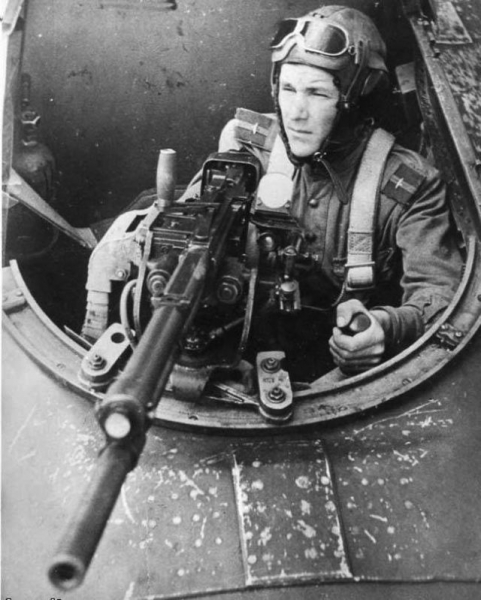
At all, the machine gun was younger than many classmates. BS (Berezin synchronous) was put into service 13 April 1939 of the year. AND, emphasize, the machine gun did not have an infantry / land analogue. That is, it was created precisely as a large-caliber aircraft machine gun..
Machine gun designer Mikhail Evgenievich Berezin actually created one of the weapon masterpieces, which we can be proud of. And considering, that the machine gun was the first job of a young designer at that time, then it remains only to express the deepest regret, that Mikhail Evgenievich lived so little.
How the BS machine gun was just gorgeous. Good survivability and reliability of automation are noted. A plus was the excellent rate of fire for a large-caliber machine gun in 1000 rounds / min, which, note, fell to 700-800 rds / min when working with a synchronizer.
Foreign counterparts are often with 800 rds / min were just starting the conversation.
And an important point was the 12.7x108 mm cartridge. Very powerful and with very good ballistics. We add to this the rate of fire and we get at the output that, that in terms of the mass of the salvo, the Berezin machine gun was superior to many 20-mm air cannons of that time.
UB is Universal Berezina, although it can be called improved. The machine gun was immediately created in three different versions, which varied depending on the installation location: synchronous - UBS, wing - UBK and turret - UBT. At the same time, the main mechanisms and parts of all three machine guns were kept identical., with the exception of the firing mechanism, to which some changes were made, related to the specifics of the use of this weapon.
In the UBK and UBS, the outdated mechanical cable reloading scheme was replaced by a pneumatic, why a pneumatic cylinder was placed above the gas outlet pipe.
It was the first Soviet aircraft machine gun., in which a pneumatic reloading system was implemented, which greatly facilitated the life of the pilot and the operation of the machine gun in combat conditions. More than 150 thousand of these machine guns.
clear, that UB became the only Soviet large-caliber machine gun in aviation. It was installed on almost all aircraft of the Red Army Air Force., the question was only in quantity. Maximum - 3 put on MIG-3, Yakovlev's fighters had 1-2 gun.
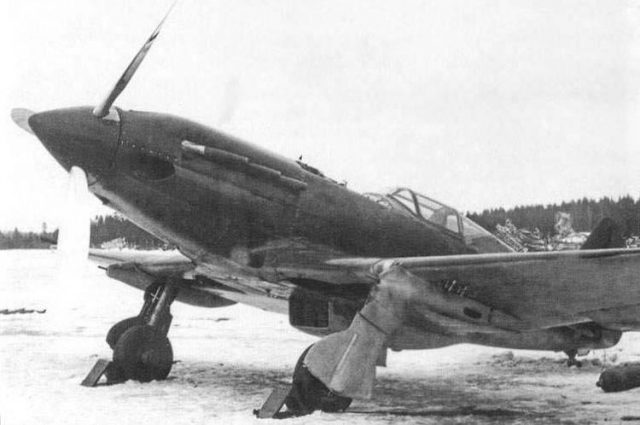
Naturally, UB turrets formed the basis of defensive armament on Il-4 bombers, TU-2, Overall 2, Ar-2, Pe-2, IL-2. The UBC replaced the standard weapons of the Bostons and Hurricanes.
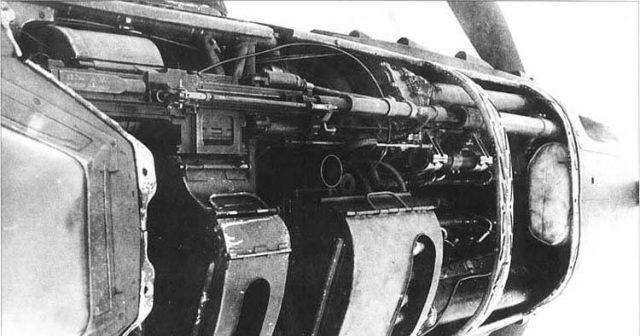
If we compare the UB with such a classic Browning machine gun AN / M2, which formed the basis of the weapons of the allied aviation, it's worth saying, that the American was inferior, surpassing only in advertising. And, inferior in almost everything: at the rate of fire at 24%, in the kinetic energy at the muzzle at 15%, the mass of a second volley is almost one and a half times. And also "Browning" was on 8 kg heavier. The only parameter, where the american was stronger, this is the muzzle velocity. But this one 1% cannot be considered such an advantage, if in our opinion.
And it's not easy to compare with other colleagues in the shop. more precisely, if we take MG-131, Breda-SAFAT, the superiority of the Soviet machine gun can be described as overwhelming.
The only machine gun, who could somehow equal UB, was Japanese "Type 3", i.e, American Browning, sharpened for a heavier French cartridge 13.2 mm.
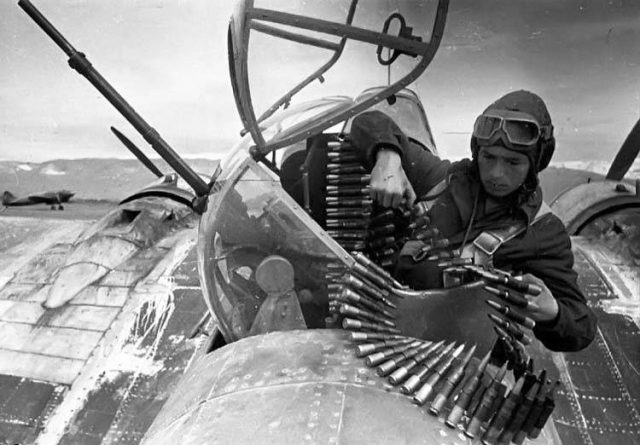
dignity: good layout and simple structure of the mechanism, simple loading and unloading, high rate of fire.
disadvantages: cable reloading for turret versions, small unification of parts.
It was strictly forbidden by all manuals to mix their parts while disassembling several machine guns.
7. Browning 0.50 AN/M2. USA
Unlike army heavy machine guns, appeared in the early 20s, Americans fiddled with aviation more 10 years. And as a result, a 12.7 mm machine gun appeared in service 1932 year.

But in the end for the army, aviation and navy, a single machine gun was developed. And, highly innovative, as they say. Innovation consisted in the emergence of a universal tape receiver, working as with the left, so on the right side, a single working mechanism, and easily replaceable barrel. Also, aviation versions of the machine gun received a lightweight barrel..
By the end of the 30s, the .50 Browning AN / M2 machine gun became the main component of the US aviation armament., displacing the 7.62 mm version.
The war confirmed the rather high combat qualities of the machine gun. American fighters, armed with Browning fights everywhere, from North Africa to the Pacific Islands. Well, what a difficult enemy for the Germans were the building of "fortresses", bristling with the same Browning, no need to say.
Browning aircraft machine guns proved to be unpretentious, reliable, comfortable, combining sufficient ammunition power and fire density, products.
Americans consider their «.50 Browning АN/M2» the best small arms, who rose into the sky of that war. And one of the proofs was that, that the machine gun was copied with pleasure as allies, and opponents.
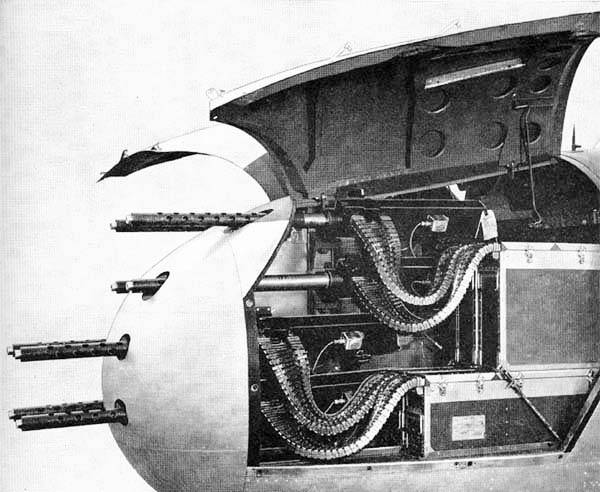
The British generally spat on the development of their weapons systems and began to arm themselves with the Browning.
At all, the machine gun was good, but in fact - the golden mean. Among most of the world's samples, he looked quite ordinary., standing out, perhaps, excellent ballistics.
There were also nuances such as a too rigid cartridge belt made of all-metal links.. Excessive rigidity led to distortions of cartridges in the receiver and jamming of the entire system at large angles of break of the tape. On early models P-40 and P-51 had to completely redesign the structure of the wing panels, rearranging guns vertically without kinks tape.
The performance characteristics of the rating:

sources:
— Eugene Aranov. Aircraft machine guns Browning.
— Eugene Aranov. Aviation weapons of the Red Army Air Force.
— Eugene Aranov. Air armament of France.
/Roman Skomorokhov, Alexander Staver, topwar.ru/








